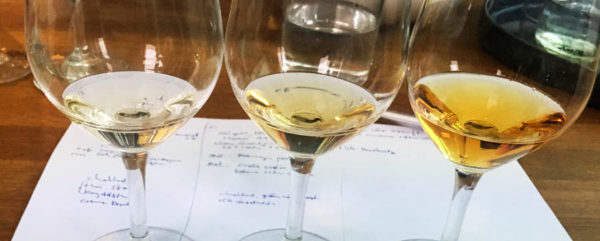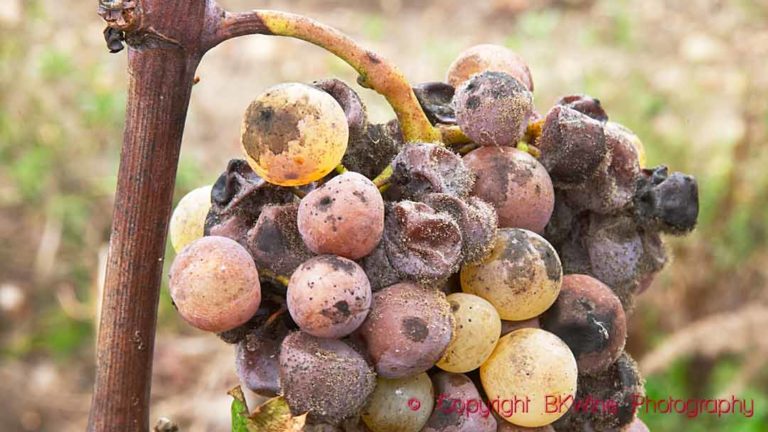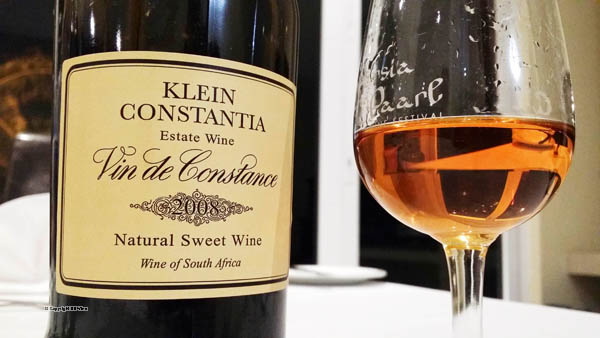Could it be that Tokaji is more than “just” sweet botrytis with points (puttonyos)? After a tasting of a number of Chateau Cloche’s products, I can say that the answer to that question is YES! BKWine Magazine’s reporter Henrik Stadler reports from an exciting Hungarian tasting.
Chateau Cloche is located in the town of Szerencs in the Hungarian wine district of Tokaj-Hegyalja in the north-eastern part of Hungary where the Zemplénberg slopes down towards the plain where the rivers Bodrog and Tisza rush forward. The chateau has 2 vineyards, Betsek, Makkos and Harcsa, at altitudes between 150 meters and 450 meters above sea level.
The grape varieties that dominate the district are furmint, hárslevelű and muscat. The wines made are white and traditionally mainly sweet. But things change and a lot happens around semi-dry and dry white wines.
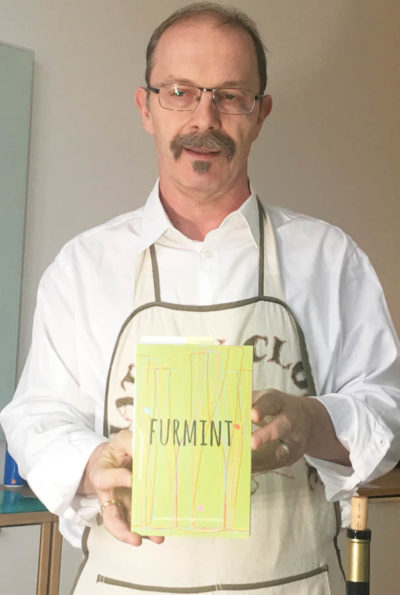
Exciting dry Tokaj!
The first wine was a Chateau Cloche Tokaji Betsek Hárslevelű 2015 with a clear light yellow appearance and a little floral scent with honey tones. The taste was crisp with lemon and green apples with a fresh acidity and minerals. A very nice acquaintance that will go well with Friday prawns or to any fish in general.
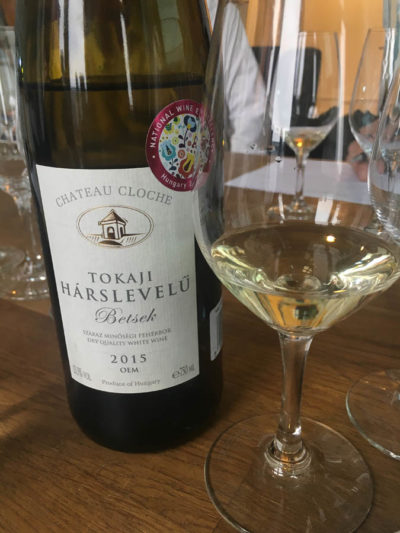
Next wine was a Chateau Cloche Tokaji Betsek Furmint 2015, also with a bright pale yellow tone but with a nose more of vanilla and orange and some spices on the palate with similarities to sauvignon blanc with its blackcurrant leaves, yellow apples and elder. Suitable for oysters, fatter fish like salmon and why not sushi.
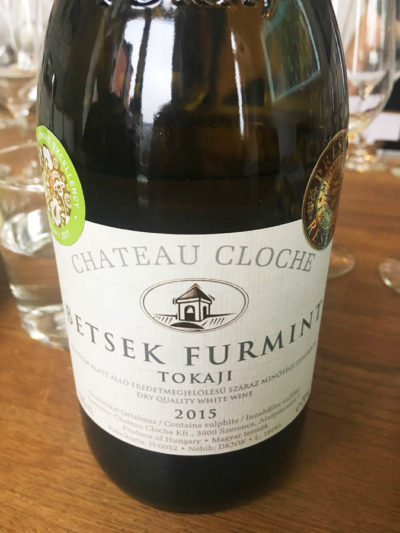
The third wine was a Chateau Cloche Tokaji Furmint 2009 that had a clear golden-yellow appearance and a little sweet scent of yellow apples and vanilla. The taste was of tropical fruit and citrus and honey tones. More complex fish dishes, but also light meat like chicken and veal fits well. This wine became a personal favourite with its long, fine aftertaste.
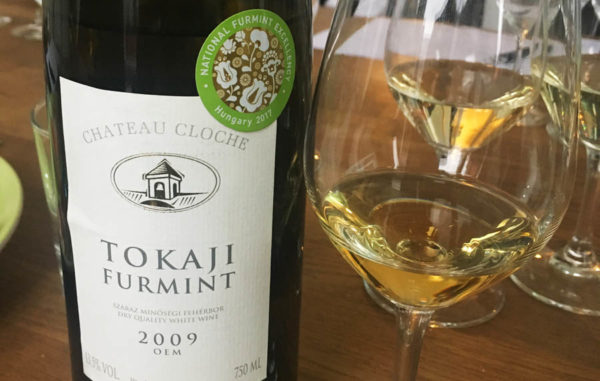
The fourth wine was a semi-dry Chateau Cloche Tokaji Barrique Cuvée 2011 made of half each of furmint and hárslevelű, aged in Hungarian oak. The blend and the ageing gave a nose of ripe pears and citrus. The flavour was mineral and at the same time floral with tropical fruits. I felt a certain similarity to sherry.
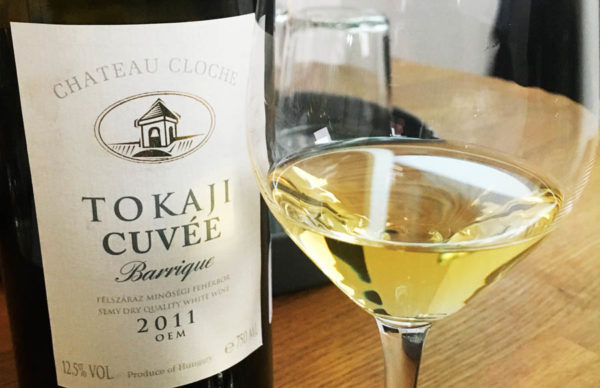
Delicious sweets
Then we went on to the classic sweet botrytis wines.
The first one I tried was a sweet Chateau Cloche Tokaji Ventus Grand Selection 2012 made from 46% furmint, 46% hárslevelű and 8% sárgamuskotály (muscat, muscat blanc à petits grains). It had a total of 79 g/l sugar and a wonderful dark yellow colour with a scent of ripe pears and honey. The taste is luscious with ripe plums, raisins and sweet over-ripe apples. A fresh acidity balances the sweetness well. Try this with spicy Asian food and sweet desserts like chocolate or crème brûlée.
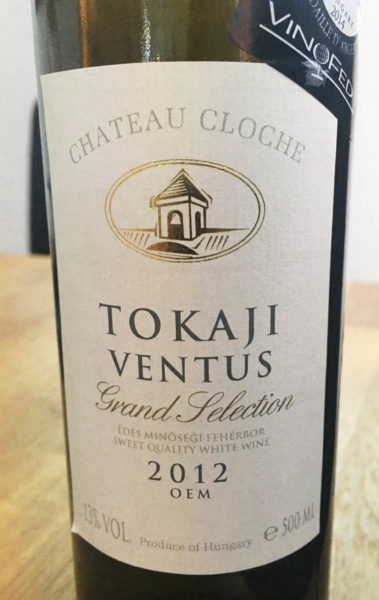
Last but not least, we tasted a Chateau Cloche Tokaji Aszú 2013. Made mainly from furmint but also with some hárslevelű. Aged for 2 years in oak barrels before bottling. With a residual sugar content of 219 g/l, it was like drinking sweet liquid gold. A scent of over-ripe pears, dried apricots and plums. The taste was like a mixture of melted candy and candied fruit. A really delicious dessert wine to go with different types of strong cheeses and chocolate.
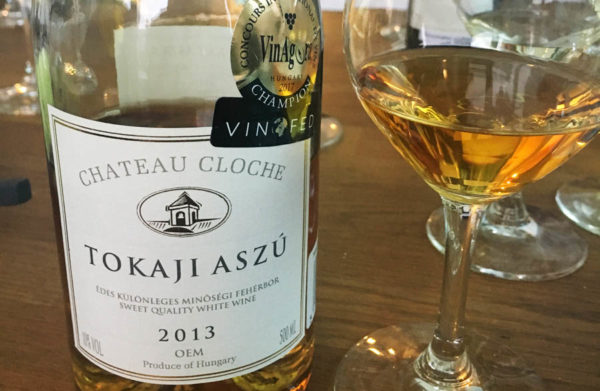
What strikes me is the high quality both of the traditional sweet dessert wines, but also and perhaps, above all, of the dry white wines that I would like to see more of on the Swedish market.
Read more about Chateau Cloche here!
Henrik Stadler writes för BKWine Magazine on wine tastings and wine events in Sweden.
